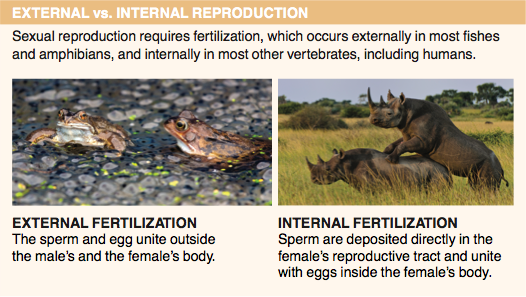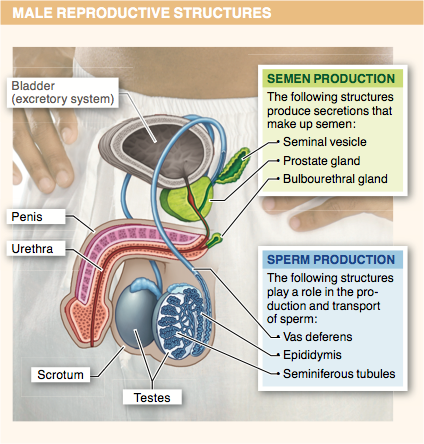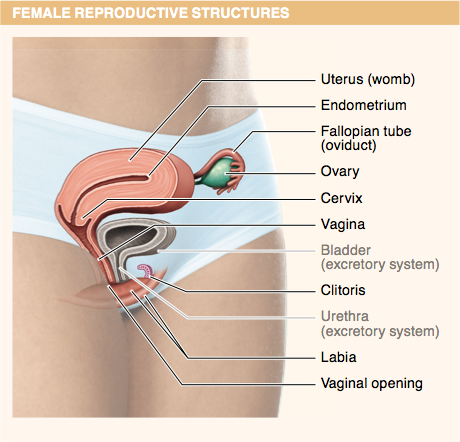
Chapter 25. Chapter 25: Reproduction and Development
Review & Rehearse

Instructions
Review the visual summaries and answer the essay questions below.
Make sure to enter a brief response that completely answers each question and explains your reasoning. When you click "Submit," you will be provided instant feedback, allowing you to check if your response is correct.
(This activity contains 16 total essay questions. Each new question will be revealed once you complete the preceding question.)
1.

1. Describe an unintended consequence of technology that makes pregnancy possible in situations where previously it was not.
2.

2. Asexual reproduction is not ideal when the environment is changing. Why?
3.

3. Describe the biggest challenge associated with external fertilization on land.
4.


4. In humans, how are male gametes formed? Where in the male reproductive system does this process occur?
5.
5. Describe two adaptations that result from sperm competition.
6.




6. Describe the key ways in which egg production differs from sperm production.
7.

7. Why does degeneration of the corpus luteum result in the lining of the uterus sloughing off?
8.


8. Describe the importance of the activation of the oocyte and the fusing of the plasma membranes of the sperm and egg.
9.
9. In estrogen-progesterone birth control pills, what is the purpose of the estrogen component? What is the purpose of the progesterone component?
10.

10. Describe two features of STDs that make them nearly impossible to eradicate completely.
11.


11. What are germ layers? How many layers are there, what are they called, and what structures ultimately form from them?
12.

12. How is development of the internal reproductive structures in humans influenced by hormone levels?
13.

13. Summarize the three stages of pregnancy and the major events that occur in each.
14.
14. How is ovulation suppressed during pregnancy?
15.
15. How is a woman’s fertility greatly reduced during lactation and nursing?
16.


16. What are the three different types of reproductive technologies available? How does this relate to the increase in number of multiple births, i.e. twins and triplets?
Activity results are being submitted...